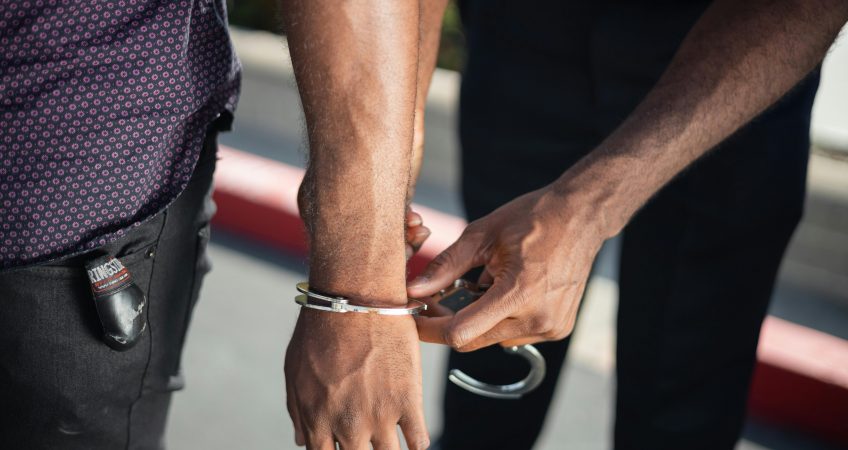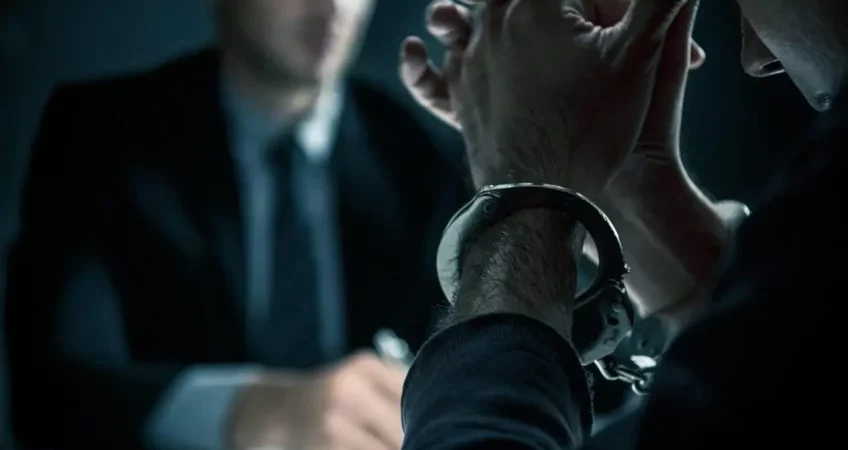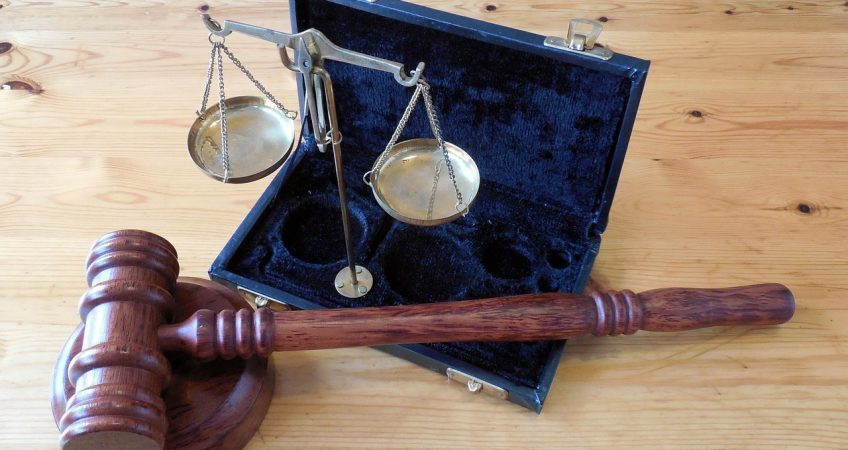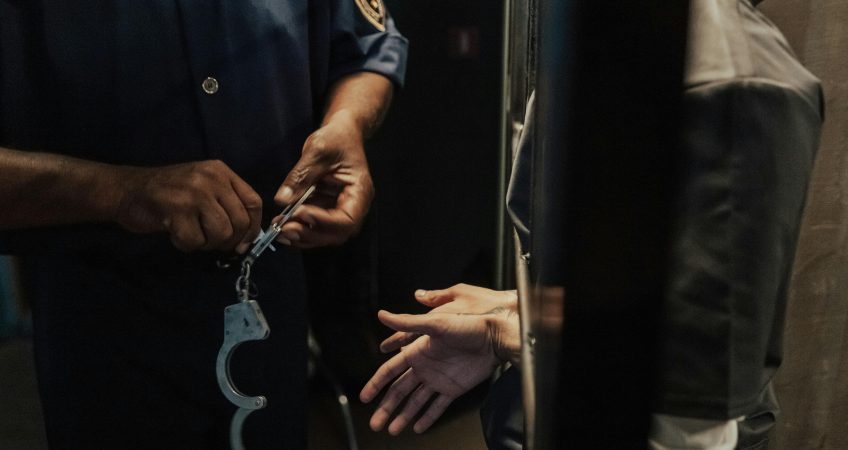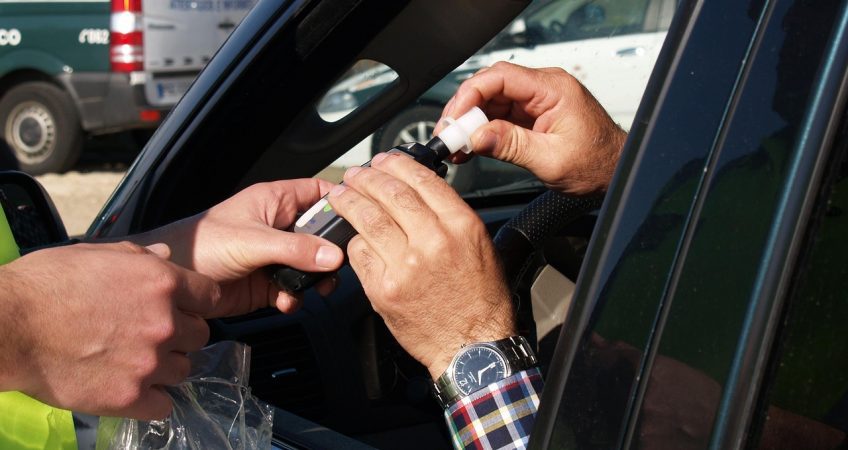Can a Grand Larceny Charge Be Dismissed?
Being charged with grand larceny in California — legally referred to as grand theft under Penal Code § 487 PC — is a serious matter. Unlike petty theft, grand larceny usually involves property valued at more than $950 or items such as vehicles or firearms. It is often filed as a felony and carries the possibility of years in state prison, fines of up to $10,000, restitution, and a permanent criminal record.
But a charge is not the same as a conviction. With the right defense strategy, it is possible to beat a grand larceny charge, whether through dismissal, reduction to a lesser offense, or avoiding jail altogether.
At The Law Offices of Arash Hashemi, we have defended theft and property crime cases in Los Angeles for more than 20 years. We know how prosecutors build these cases — and how to dismantle them. Below, we explain what the state must prove and the most effective defenses to fight grand larceny charges in California.
What Is Grand Larceny in California?
In California, grand larceny (commonly called grand theft) is defined under Penal Code § 487 PC. The law applies when:
-
The value of the property allegedly taken is more than $950, or
-
The property involves specific items such as a firearm, motor vehicle, or certain animals, regardless of value.
Unlike petty theft, grand larceny is a “wobbler” offense, meaning prosecutors can file it as either a misdemeanor or a felony depending on the facts of the case and the defendant’s criminal history.
A felony conviction for grand larceny can result in:
-
Up to 3 years in state prison
-
Fines of up to $10,000
-
Court-ordered restitution to the alleged victim
-
Serious collateral consequences, including immigration problems, loss of professional licenses, and barriers to employment
Because of these penalties, anyone accused should focus on how to beat a grand larceny charge before it reaches trial. The next sections explain the defenses that can lead to a dismissal or reduction.
How to Beat a Grand Larceny Charge: Defense Strategies That Work
To convict you of grand larceny under California Penal Code § 487 PC, prosecutors must prove every element of the crime beyond a reasonable doubt. A skilled defense attorney can attack those weak points and show the court that the evidence does not support a conviction.
Here are the most effective defenses:
Lack of Intent
One of the strongest ways to beat a grand larceny charge is by challenging the element of intent. Under Penal Code § 487 PC, the prosecution must prove you intended to permanently deprive the rightful owner of their property. Without intent, there is no grand larceny.
Situations where lack of intent may apply include:
-
You honestly believed the property was yours.
-
You had permission from the owner, or reasonably thought you did.
-
You intended to return the property, not keep it permanently.
-
The incident was the result of a misunderstanding or mistake, not criminal conduct.
Because intent exists only in a person’s mind, prosecutors often rely on circumstantial evidence—like texts, surveillance footage, or behavior after the alleged theft. An experienced defense attorney can highlight the lack of clear proof, present evidence of your good faith, and argue that the state cannot meet the burden of proving criminal intent beyond a reasonable doubt.
If successful, this defense can result in dismissal of the charges or a reduction to a non-theft offense.
Consent of the Owner
Grand larceny cannot be proven if the owner of the property consented to you taking or using it. Under California law, larceny requires a taking without the owner’s permission. If permission existed — even if later disputed — the case may not rise to the level of a crime.
Examples of how this defense may apply:
-
The property was loaned or shared, and the owner later claimed it was stolen.
-
A business or personal partner gave you access to funds or property, and disagreements arose after the fact.
-
Family or household property was taken with implied or past permission, making the dispute more civil than criminal.
-
The owner’s statements or actions at the time suggested authorization, even if they later tried to retract it.
A defense attorney can present texts, emails, contracts, or testimony that show the owner knowingly allowed you to take or use the property. By reframing the issue as a misunderstanding or civil dispute, your lawyer can argue that no crime was committed at all.
When raised effectively, a consent defense can lead to dismissal of charges or a significant reduction, keeping the matter out of criminal court.
Mistaken Identity or False Accusations
Grand larceny charges often rest on eyewitness testimony, surveillance footage, or accusations from individuals claiming their property was stolen. These forms of evidence are not always reliable, and mistakes can easily lead to someone being falsely accused.
Common issues that arise include:
-
Eyewitness error – Studies show witnesses frequently misidentify suspects, especially in stressful situations or when limited visibility is involved.
-
Poor-quality surveillance – Security footage can be grainy, obstructed, or inconclusive, making it difficult to prove who actually took the property.
-
Personal disputes – Accusers in family, business, or relationship conflicts may falsely claim theft as leverage in a broader disagreement.
-
Mistaken assumptions – A person might assume property was stolen when it was borrowed, misplaced, or used with prior permission.
A skilled defense attorney can challenge the credibility of witnesses, request forensic analysis of video evidence, and highlight inconsistencies in the accuser’s statements. In some cases, your lawyer may even present alibi evidence or alternative explanations that show you could not have committed the crime.
By casting doubt on the accuracy of the identification or the truthfulness of the accusation, your attorney can create reasonable doubt—often enough to secure a dismissal or acquittal.
Entrapment
Entrapment occurs when law enforcement or security personnel persuade, pressure, or trick someone into committing a crime they would not have committed on their own. In grand larceny cases, this defense can be powerful, but it requires showing that the idea to steal originated with the authorities—not with you.
Examples that may support an entrapment defense include:
-
Undercover officers or store security urging you to take an item you initially refused.
-
Repeated pressure or persuasion from an informant to participate in a theft or scheme.
-
Manufactured opportunities, such as staging a situation in a way designed to push someone into stealing who otherwise had no intention.
To prove entrapment, your attorney must show:
-
You were not predisposed to commit theft, and
-
The government’s conduct went beyond observation into active inducement or coercion.
If successful, this defense can result in a complete dismissal of the charges, since the law does not allow convictions based on crimes essentially created by law enforcement. A defense attorney will carefully analyze communications, recordings, and security reports to determine whether investigators crossed the line. When they do, the entrapment defense can turn a case around entirely.
Value of the Property
In California, the difference between petty theft and grand larceny (grand theft) often comes down to one factor: the value of the property. Under Penal Code § 487, prosecutors must prove that the property allegedly taken was worth more than $950 (unless it involves items like firearms, vehicles, or certain animals, which are automatically treated as grand theft).
If your attorney can successfully challenge the prosecution’s valuation, the charge may be reduced to petty theft under Penal Code § 484 — a misdemeanor with far lighter consequences.
Ways the defense can challenge value include:
-
Disputing appraisals: The prosecution may rely on retail price or replacement value rather than fair market value at the time of the incident.
-
Questioning evidence of worth: Receipts, estimates, or testimony may be incomplete, outdated, or exaggerated.
-
Condition of the property: Items that were used, damaged, or missing parts may be worth significantly less than claimed.
-
Expert testimony: A defense-hired appraiser or industry expert can provide a more accurate valuation.
If the property is shown to be under the $950 threshold, the case shifts from a felony-level grand larceny to a misdemeanor petty theft. That reduction alone can mean avoiding prison, reducing fines, and protecting your record from a felony conviction.
Duress
A grand larceny charge may not stand if the alleged theft was committed under duress. California law recognizes that a person is not acting with free will when they are forced to commit a crime due to threats or intimidation.
To raise duress as a defense, the attorney must show:
-
Immediate threat: You or a close family member faced a threat of serious bodily harm or death.
-
Direct connection: The threat compelled you to take the property — meaning you wouldn’t have acted otherwise.
-
No reasonable escape: You had no safe way to avoid the threatened harm without complying.
For example, if someone threatened violence unless you stole an item for them, your attorney can argue that you were coerced into the act. In these situations, the law recognizes that criminal liability should not rest on someone who had no genuine choice in their actions.
While duress is not always easy to prove, when supported by evidence — such as witness statements, text messages, or other corroboration — it can provide a strong basis for dismissal or acquittal.
Insufficient Evidence
In many grand larceny cases, the prosecution’s case is built on circumstantial evidence — such as security footage, partial witness accounts, or inconsistent records. But in California, the state must prove every element of the charge beyond a reasonable doubt.
Weaknesses that can be challenged include:
-
Unreliable witnesses: Eyewitness identifications are often mistaken, especially in stressful or fast-moving situations.
-
Unclear video or photos: Surveillance footage may be low quality, inconclusive, or fail to clearly identify the accused.
-
Missing or contradictory records: Gaps in financial records, receipts, or property valuations can undermine the state’s case.
-
Inconsistent testimony: If the accuser’s story changes or does not align with the evidence, credibility issues arise.
When these gaps create reasonable doubt, the jury cannot convict. An experienced defense attorney will highlight these weaknesses through cross-examination, expert testimony, and motions to exclude unreliable evidence. In some cases, exposing insufficient proof can lead to the dismissal of charges before trial.
Can Grand Larceny Charges Be Reduced in California?
A complete dismissal is always the goal, but when that outcome isn’t realistic, charges can often be reduced through strategic negotiation. Grand larceny is a “wobbler” offense, meaning it can be filed as either a misdemeanor or a felony. A skilled defense attorney can push to have the case charged — or refiled — at the lower level, or seek reductions to lesser offenses altogether.
One option is to argue that the property was worth less than $950. If successful, the charge may be reduced to petty theft under Penal Code § 484, which carries far lighter penalties such as fines, probation, or short jail terms rather than years in state prison. In other cases, prosecutors may agree to reduce the case to attempted theft, which significantly lowers sentencing exposure.
Another avenue is negotiating alternatives that focus on restitution or rehabilitation instead of punishment. Depending on the circumstances, judges may allow resolutions that involve paying restitution to the alleged victim, completing counseling, or performing community service in exchange for dismissal.
Even when dismissal isn’t on the table, reducing a grand larceny charge can protect your record, your career, and your future. The earlier you involve a defense attorney, the more leverage you have to pursue these outcomes.
Speak With a Los Angeles Grand Larceny Defense Attorney
The most important step you can take is to put an experienced Los Angeles criminal defense lawyer in your corner as early as possible. The sooner your lawyer gets involved, the better the chances of suppressing evidence, negotiating reduced charges, or even getting the case dismissed outright. Attorney Arash Hashemi has spent more than 20 years defending clients across Los Angeles County against theft and property crime allegations. We understand how prosecutors approach larceny cases — and we know how to dismantle them piece by piece.
Don’t wait until your first court date to protect yourself. Take control of your case now. When you contact our firm, Attorney Hashemi will personally review the details of your case, explain your defense options, and begin building a strategy tailored to your situation.
The Law Offices of Arash Hashemi
11845 W Olympic Blvd #520
Los Angeles, CA 90064
📍 Get Directions
📞 Phone: (310) 448-1529
📧 Email: Contact@hashemilaw.com
🌐 Schedule a Free Consultation
🕒 Office Hours: Monday–Friday, 8:30 AM – 5:00 PM
Evening & weekend appointments available by request.
Disclaimer: The content provided here is for informational purposes only and does not constitute legal advice. It is not intended to predict outcomes, as individual circumstances vary and laws may change over time. Those seeking legal advice should consult with a qualified attorney to understand how current laws apply to their specific situation. For detailed legal guidance on the topics discussed, please contact our law firm directly.





